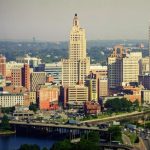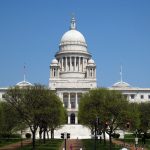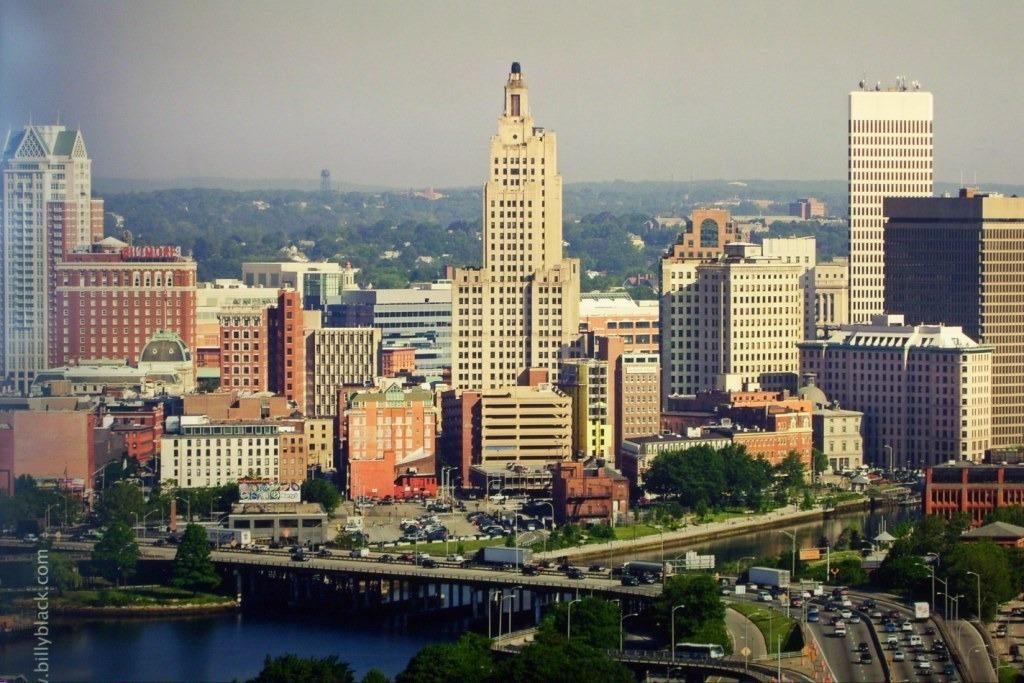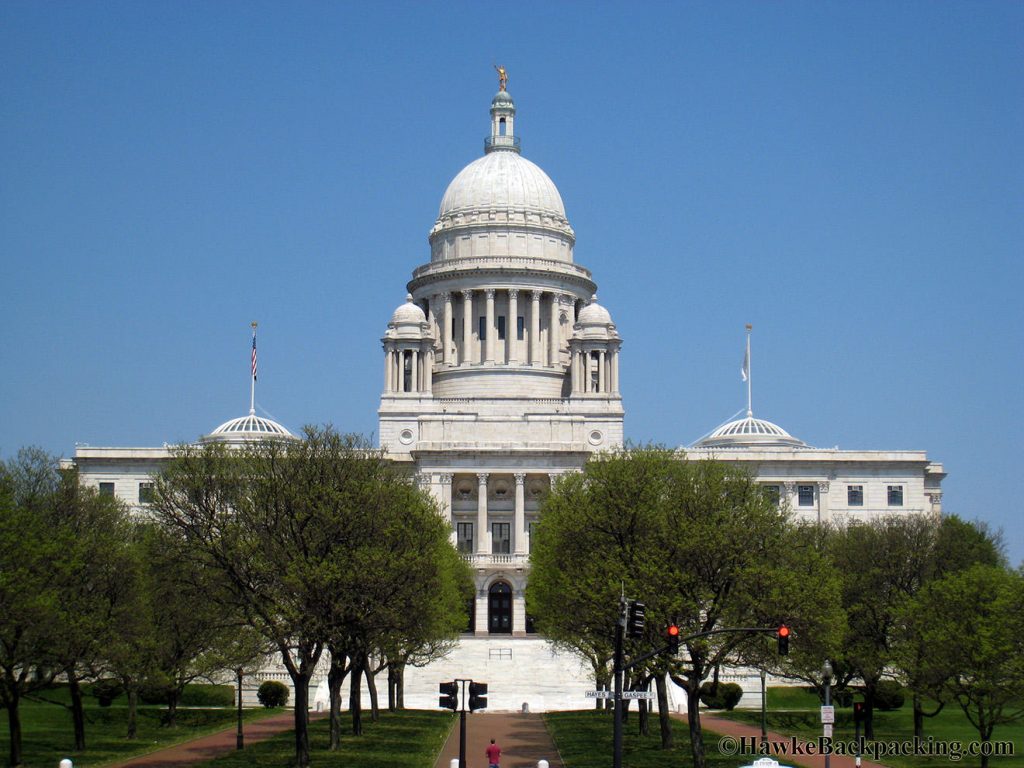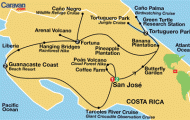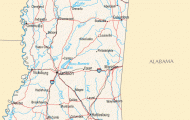Providence, Rhode Island, was founded in 1636 by the banished minister Roger Williams and a group of refugees from the Puritan Massachusetts Bay
Colony. In the first half of the 1630s, Williams had been at the center of controversies in Boston, Plymouth, and Salem, where he broke with the Church
of England. The Massachusetts legislature still associated with the Anglican Church tried to have him shipped off to England. Williams fled to
Narragansett Bay, where, with the permission of the Narragansett sachems who controlled the land, he and a small band of followers founded
Providence. Through the 1640s, the population of Providence remained under 500.
Spiritually speaking, Providence was not unique among New England settlements. The Plymouth Colony, for instance, had split from the Church of
England. Providence remains fascinating because of its thoroughgoing critique of the way the Puritans conducted their religion. Church attendance was
not compulsory, and the church could receive no support from the government. Williams believed that the church could remain pure only if it stayed away
from community matters. Besides various sects of Puritanism, Providence was home to a fractious Baptist congregation as well.
Williams also admitted, which other Puritans could not, that the Narragansetts’ religion was suitable to them and did not belong to a particularly foul
category; he viewed indigenous religions as no worse than flawed versions of Christianity. During the eighteenth century, Providence, and Rhode Island in
general, was home to a large number of small religious groups that had splintered from larger communities and each other over and over again. Not
surprisingly, there has been a tendency to lift up Roger Williams as an early example of American separation of church and state, or a visionary in nativewhite
relations.
Providence was governed in a very strange way for colonial America. According to a 1644 patent obtained by Roger Williams, settlers could form their
own government, decide issues, and enact laws by majority vote as long as these laws did not run afoul of Parliament. Other groups, such as William
Coddington’s antinomian followers at Newport, disliked the arrangement. When Massachusetts Bay and Plymouth tried to annex the land, however, most
English people in Rhode Island sided with Williams’s patent. This did little to keep the colony from breaking apart into its original factions (Newport,
Providence, and a few other settlements of Puritan outcasts). Williams’s land policy, which included generous allotments for all newcomers, also fell apart
when earlier generations of settlers complained.
The Baptist Meeting House, a landmark of colonial Providence, was constructed in 17441745. The congregation, organized by Roger Williams in 1639,
is believed to be the first of its denomination in America. (Library of Congress, LC-USZ62-31789)
Throughout the seventeenth and into the eighteenth century, Providence struggled against other towns in Rhode Island over land. In the first decade of
the eighteenth century, these controversies receded, and migration and cultivation increased throughout Rhode Island. In the 1680s, Rhode Island would
become part of the Dominion of New England, which was administered by the British Crown under the auspices of Sir Edmund Andros.
During King Philip’s War, which destroyed several English towns and all but destroyed the region’s native peoples, the septuagenarian Roger Williams
commanded a militia of fewer than thirty men while the other inhabitants of Providence fled south to Aquidneck Island and the relative safety of Newport.
The warriors recognized that Williams was a good man and had never intended any harm to the area’s native peoples, but King Philip’s War was a
complex and broad conflict, and the Narragansett spared Williams’s negligible force and put Providence to the torch.
The economy of colonial Providence remained small but diverse. Merchants in Providence relied mainly on Boston and Newport, and later Philadelphia
and New York, for access to goods and therefore were only peripherally a part of the growing Atlantic commerce. As roads extended into the
backcountry, Providence’s economy expanded beyond farming to commercial endeavors. The Brown family took the lead in this regard, launching trade
with Bristol and London in the decades before the War for Independence. Water-powered mills also provided a measure of balance to the colonial
economy.
While Newport was devastated by the Revolutionary War, Providence escaped relatively unscathed and took the lead in the new state’s commerce. Still,
Providence remained secondary to Boston, New York, and Philadelphia.
Matthew Jennings
See also: Rhode Island; Rhode Island (Chronology).
Bibliography
James, Sydney V. Colonial Rhode Island: A History. New York: Charles Scribner’s Sons, 1975.
McLoughlin, William G. Rhode Island: A Bicentennial History. New York: W. W. Norton, 1978.


